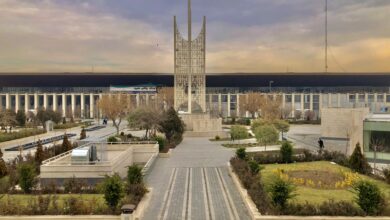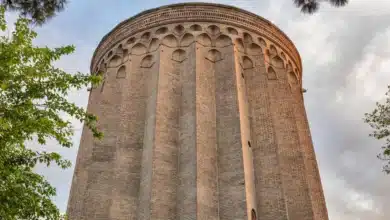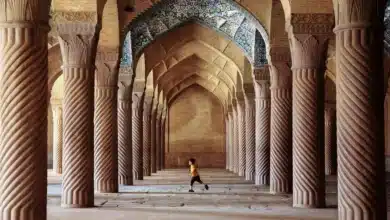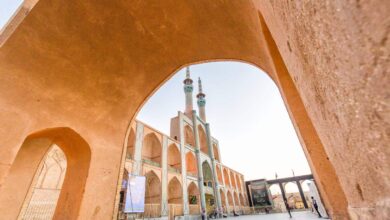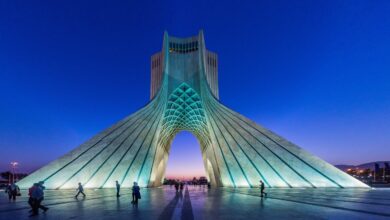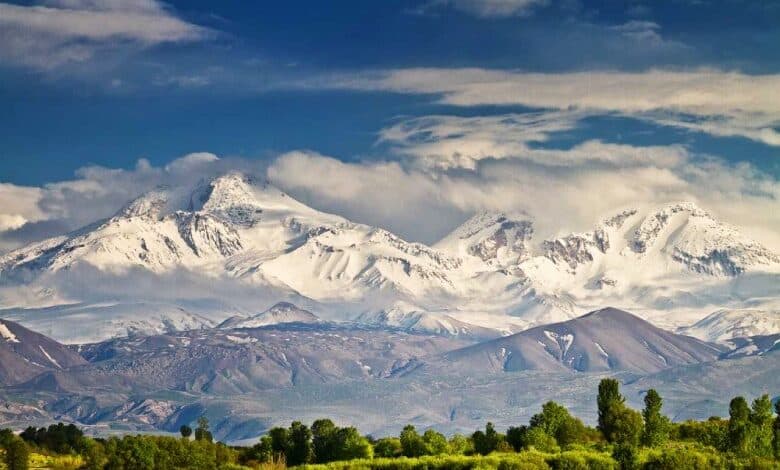
Ardabil, a city in northwestern Iran with a deep history and rich culture, is a delightful destination for tourists and enthusiasts of cultural and nature tourism. Located in Ardabil Province, this city offers beautiful natural landscapes, famous historical landmarks, and local culture and customs, making it an attractive place for visitors.
The geographical location of Ardabil, with its mountains and high-altitude areas, provides excellent opportunities for hiking and trekking in natural trails. In this article from OrientTrips, we provide a comprehensive travel guide to Ardabil for diverse trips.
Contents
Ardabil Province | Ardabil

Ardabil Province is one of the most attractive regions, combining history, nature, and therapeutic springs. With a history spanning 3,000 years, this province is filled with fascinating sites and offers numerous attractions across its ten unique counties. With the travel guide to Ardabil by OrientTrips, you can make the most of your trip.
The city of Ardabil, known for its history, nature, and therapeutic springs, is one of the most attractive destinations in northwestern Iran. With a 3,000-year history, this area is rich with ancient and scenic sites, offering many attractions to visitors. Utilizing the services of OrientTrips, you can enjoy this trip to the fullest. Ardabil, situated 1,500 meters above sea level, is bordered to the north by Azerbaijan, to the west by East Azerbaijan Province, to the east by Gilan Province, and to the south by Zanjan Province. The local people speak Azerbaijani Turkish, and various flights from around the world are available to Ardabil Airport. For purchasing flight tickets to this region, we recommend buying online through OrientTrips.
Essential Information for Ardabil Province
- City Telephone Code: 045
- Ardabil Airport Phone Number: 04533447902
- Ardabil Bus Terminal Phone Number: 04533816874
- Airport Information: 199
- Road and Transport Hotline: 141
- Red Crescent: 147
- Wireless Taxi: 133
Brief History of Ardabil
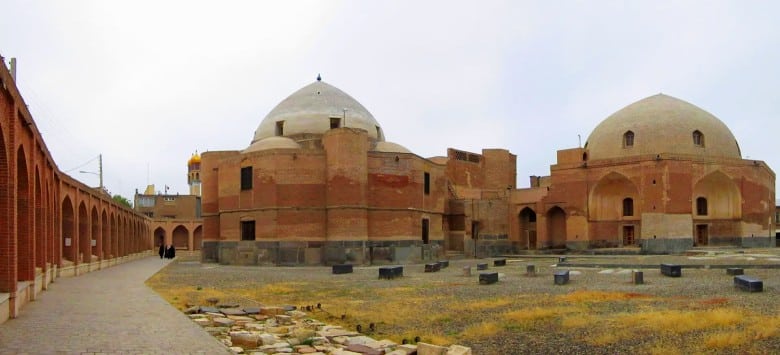
Ardabil is one of the oldest regions in Iran, with evidence suggesting a history of around 5,000 years. Clay tablets from the Sumerians mention this city as “Arta” or “Aratta.” Historical landmarks in Ardabil indicate its long-standing history, including the Fire Temple Village, Hir City, Shahrivar, and the Grand Mosque of Ardabil, which was originally a fire temple.
Throughout different historical periods, Ardabil has been known by various names, including Dar al-Rashad, Dar al-Mulk, Dar al-Irfan, Dar al-Aman, and Ardavil. According to Yaqut al-Hamawi in his book “Mu’jam al-Buldan,” the initial foundation of Ardabil is attributed to Firuz Sasanian, who ruled from 139-163 CE, and it was named Firuzgird.
He described Ardabil as one of the most famous cities of Azerbaijan, noting that it was the main center of the region before Islam. Later, during the Umayyad dynasty, the center of Azerbaijan’s government moved from Maragheh to Ardabil. However, after Hamawi’s visit, Mongols invaded Ardabil, leading to its destruction.
The city was rebuilt and reached its peak during the Safavid period. Ardabil’s strategic location on the trade route between Tabriz, Astara, and Lankaran, as well as its role as an intermediary for trade between the Caucasus and the interior cities of Azerbaijan, contributed to its significance. The region’s best exports include dried fruits, carpets, and wool. In the late Safavid era, Ardabil briefly fell into Ottoman hands but was recaptured by Nader Shah Afshar.
Geographical Location of Ardabil

Located in northwestern Iran, Ardabil Province is geographically significant as one of the important regions of the country. The province borders Azerbaijan and the Caspian Sea to the north, Gilan Province to the east, Zanjan Province to the south, and East Azerbaijan Province to the west. Ardabil lies on a major north-south transit route in Iran, facilitating easy connections and transportation to other parts of the country. This unique location not only boosts economic, commercial, and tourism development but also adds special geographical importance to Ardabil.
Best Time to Visit Ardabil
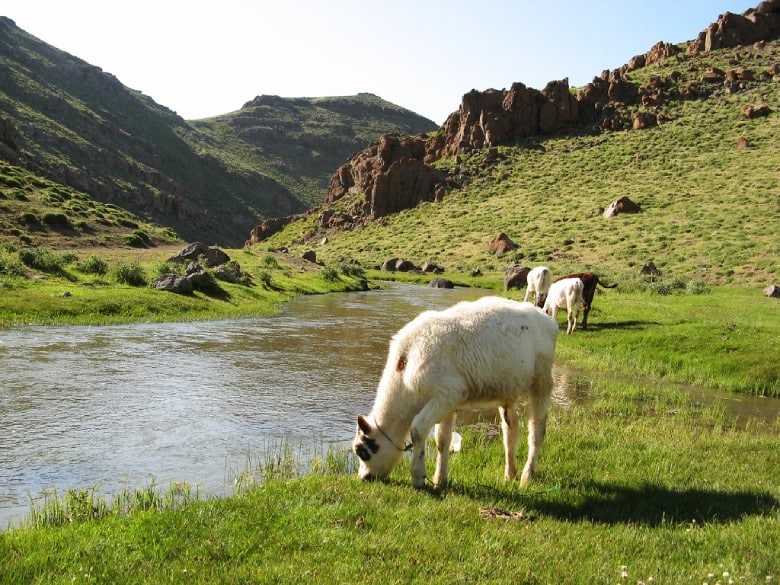
The best time to visit Ardabil is late spring, the three months of summer, and autumn. These seasons offer favorable weather conditions for visiting Ardabil, with mild and cool temperatures and stunning natural landscapes. These periods are popular with tourists due to the natural and cultural attractions. Additionally, winter can be appealing for those interested in experiencing snow and skiing in Ardabil’s mountainous areas. Ultimately, the best time to visit depends on your interests and the activities you want to enjoy in Ardabil.
How to Travel to Ardabil

For traveling to Ardabil, you can choose from the following options:
By Car: Drive north from Tehran, then head east after reaching Zanjan to finally arrive in Ardabil. The distance is about 600 kilometers. By Train: The Tehran-Tabriz railway passes through Ardabil, Meshgin Shahr, and Namin counties. By Air: Ardabil International Airport is one of the busiest travel terminals in the country, offering flights to the city.
Ardabil International Airport
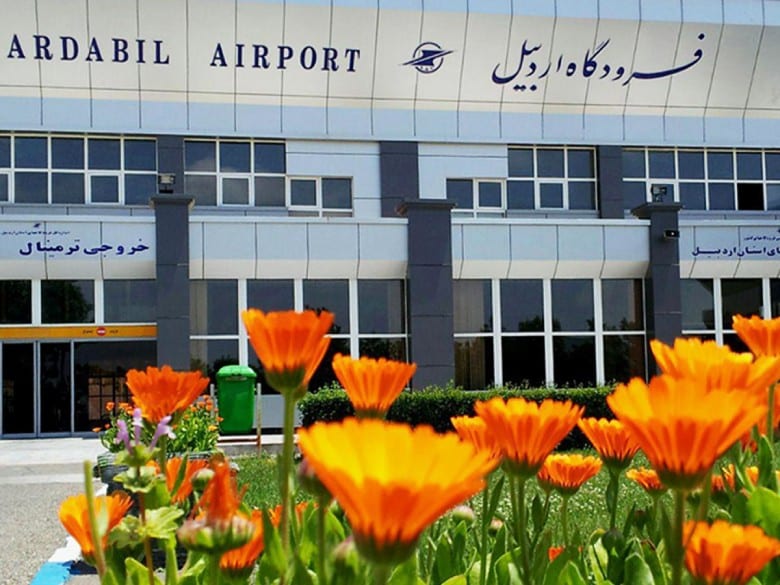
Ardabil International Airport, or Ardabil Airport, is located in northeastern Ardabil, in northwestern Iran. You can use city bus lines to get to the airport. Ardabil International Airport is located at Fātemiyon Square in Ardabil, on Shahid Dadman Boulevard towards Nucheh Deh and Sultanabad. This airport offers 24-hour services and has an open parking lot.
Ardabil Bus Terminals
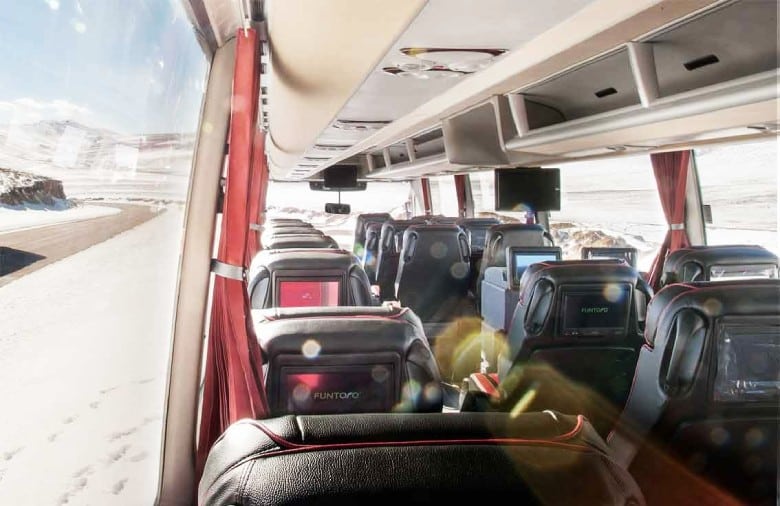
Ardabil’s bus terminals are located in various parts of the city, including the Industrial Park Phase 1, Taleghani, Sabalan Phase 2, and the Expert Phases 1 and 2. Sheikh Safi Ardabil Bus Terminal is also near the main bus terminals.
Public Transportation in Ardabil

For getting around Ardabil, you can use city buses, which mainly reach central areas like the Bazaar, Sarcheshmeh Square, and Shariati Square. Yellow city taxis are also available for both public and private services. Another option is the green private taxis, which can be booked by calling 133 from any part of the city.
The main bus terminal in Ardabil is located on Moqaddas Ardabili Boulevard, about 10 minutes from the city center. You can reach any part of the city using different city bus lines or taxis available at the terminal.
Ardabil Airport is 10 kilometers from the Ardabil-Astara road. You can use airport taxis to reach the city center. There are two types of taxis: private taxis that go to any part of the city and shared taxis that go to Jihad Square, where you can take another taxi for your final destination.
Climate and Weather of Ardabil
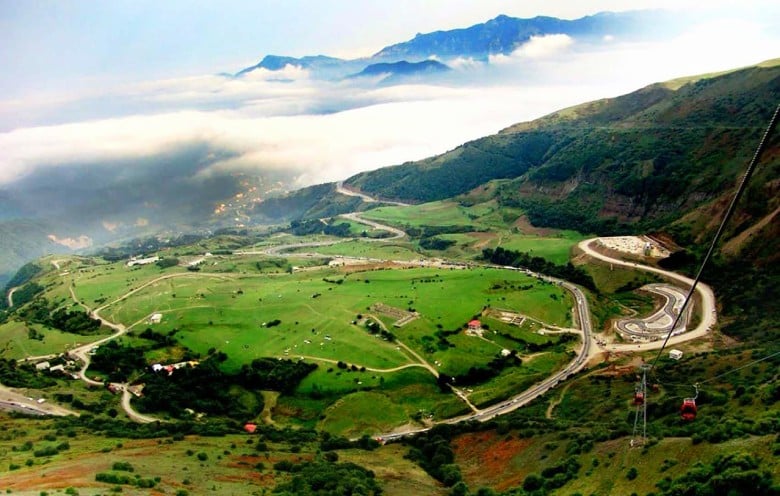
Ardabil has very cold winters and moderate summers. The average annual temperature is about 7 degrees Celsius. The presence of the Sabalan, Talesh, and Bozghush mountains, the effect of the Caspian Sea vapors, and the cold northern winds and forests in the north and east significantly impact the rainfall and temperature fluctuations in Ardabil.
The number of annual frost days in central and southern areas is higher than in the northern regions, and in elevated, snow-covered areas, the frost period can last from six to eight months a year. The average annual rainfall is about 333 millimeters, and the average annual temperature ranges between 9.7 and 15.2 degrees Celsius.
Famous Cities of Ardabil
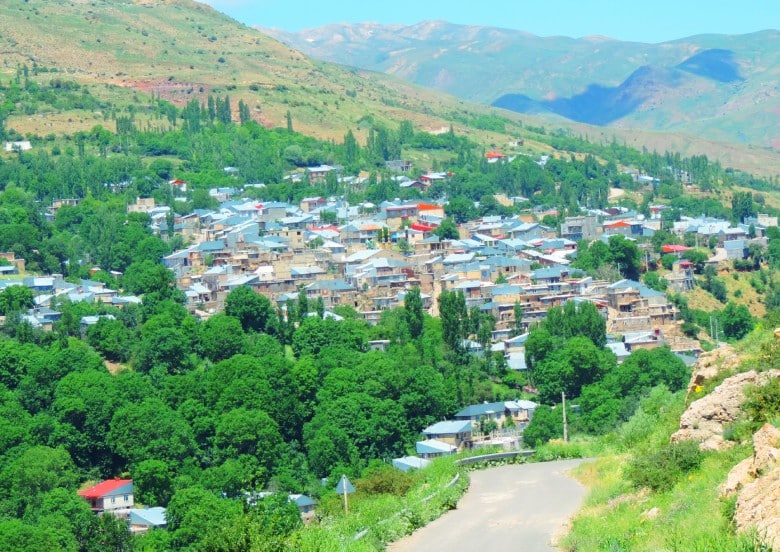
Ardabil is comprised of nine counties, each with its own natural and scenic attractions, drawing many tourists annually. Notable cities in Ardabil Province include:
Bileh Savar: Known for its Bileh-Rouz and Bileh-Sar waterfalls and markets selling handmade products and local souvenirs.
Meshgin Shahr: Famous for its Deland waterfalls, Deland Forest Park, the ancient Yeri City, the famous Meshgin Shahr suspension bridge, and numerous hot springs.
Sarein: Renowned for its hot springs with therapeutic properties, Sarein also boasts natural attractions such as Villa Darreh, Alvares Valley, Konjag Historic Village, Wind Kelkhuran Rocky Village, and the ancient Anahita Hill.
Khalkhal: The second-largest city in Ardabil, Khalkhal is a mountainous area with stunning forests and attractions like the historic Kezj Village, Aznao Tourist Area, Talesh Region, Andebil Spring, and Khalkhal Archaeological Museum.
Parsabad: Located on the border between Iran and Azerbaijan, Parsabad is a flat, plain area with a mild climate, known for its vast plains and rivers, including the famous Qarasu River.
People of Ardabil
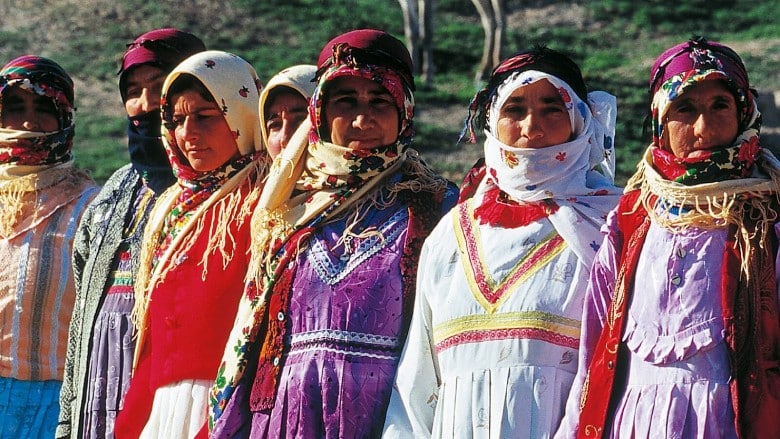
According to the 2011 census, Ardabil Province has a population of about 485,153, making it the seventeenth most populous city in Iran. The people of Ardabil speak Azerbaijani Turkish. In the villages of Khalkhal, some residents still speak the ancient Azerbaijani language.
In this province, official correspondence and school education are conducted in Persian, and young people are fully fluent in Persian. Economically, about 40% of the province’s workforce is employed in agriculture, 22.8% in industry, and 37.2% in services.
Book Iran Flights
Buy Iran flight tickets at the lowest price
Explore Iran’s culture and history with affordable and reliable flight tickets.
Traditions and Ceremonies in Ardabil
The mourning ceremonies of Muharram in Ardabil last from the 11th to the 13th of Muharram, with symbolic burials of martyrs performed by mourners from the Great Mosque of Ardabil in six districts. Traditional Nowruz celebrations in Iran, including Ardabil, have evolved over time but have retained their essence over centuries.
Souvenirs of Ardabil
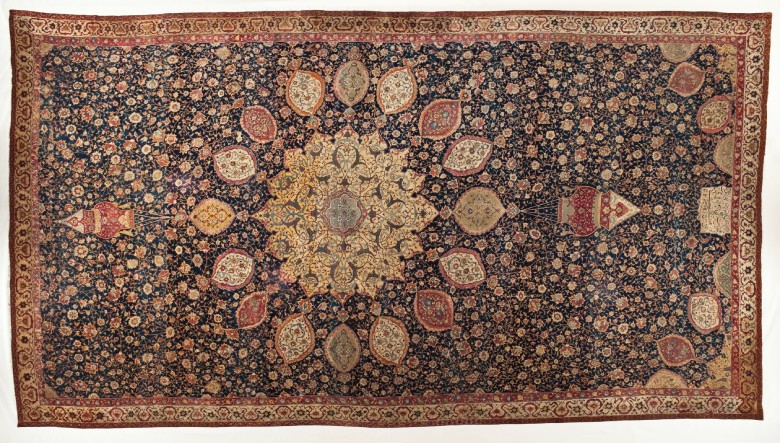
Buying souvenirs is one of the most enjoyable parts of any trip. Ardabil offers various handicrafts and local products. Besides the famous Ardabil carpets, popular souvenirs include carved glass vases, knitted garments, painted leather bags, and Iranian paintings.
For edible souvenirs, local products such as honey, rice bread, chocolate, and sunflower seeds are recommended. All these products are available at Ardabil’s traditional market.
Ardabil Traditional Bazaar
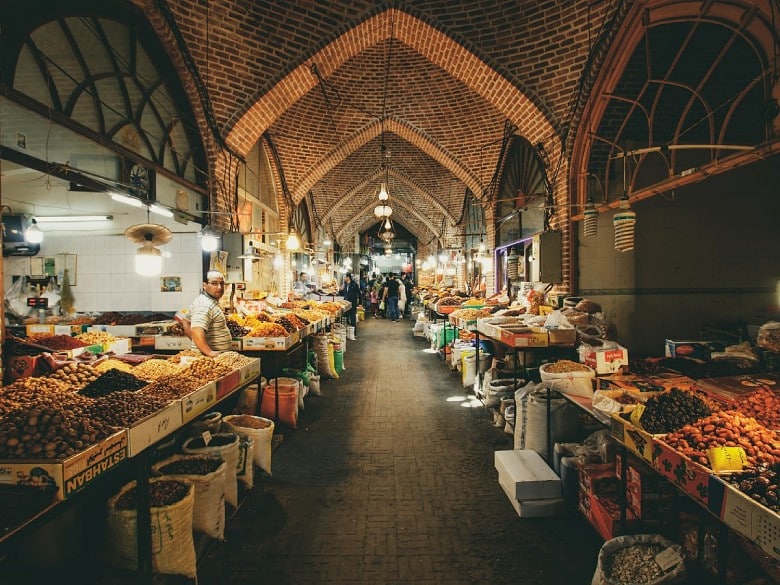
In Iran, old bazaars reflect part of the region’s history and culture. The traditional bazaar of Ardabil is one of Iran’s captivating markets, with a long history hidden behind its walls. The current structure shows influences from different historical periods, including the Seljuk, Qajar, Safavid, and Zand dynasties. Today, this bazaar is an excellent place for buying souvenirs, handicrafts, and local products during your trip to Ardabil. Interestingly, this bazaar was one of Iran’s major commercial centers in the 12th and 13th centuries.

